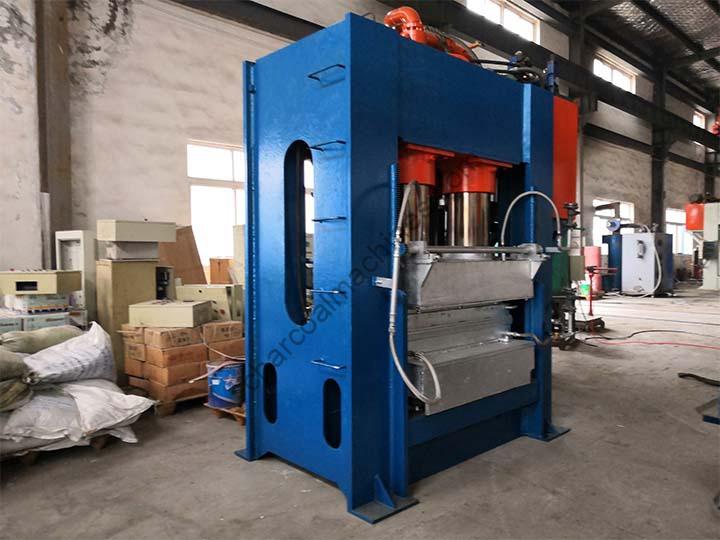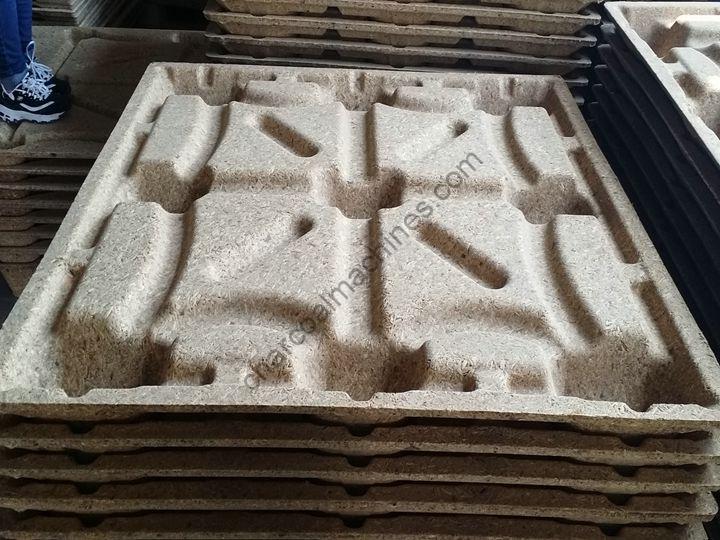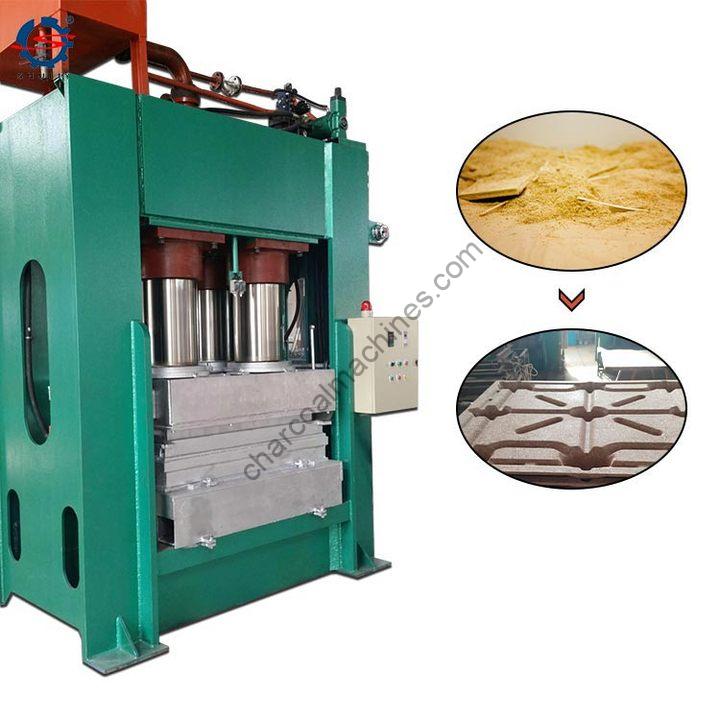What is the load-bearing standard of compressed wooden pallets?
Compressed wooden pallets have a wide range of applications due to their large load-bearing capacity. They are often used for storage, delivery, or display pallets to replace ordinary wooden pallets.
Wooden pallets are used to carry goods. When carrying goods, ensure that the wooden pallets are intact and have a certain strength. How can we distinguish the load-bearing strength of wooden pallets? There are two main testing standards for distinguishing the load-bearing strength of wooden pallets: one is bending compressive strength testing, and the other is drop testing.

Features of compressed wood pallets
Compressed wood pallets are molded by the wood pallet maker, and their raw materials often contain more than 85% wood and up to 15% urea resin. Compressed wooden pallets usually have a variety of internationally accepted standard sizes and weights, and are characterized by stable quality and precise dimensions. In addition, compared with ordinary wooden pallets, compressed wooden pallets have no risk of being damaged by nails or screws, and can be easily stacked and transported.

How to test the load-bearing capacity of compressed wooden pallets?
The load-bearing standard of wooden pallets is called load in technical terminology. The load of wooden pallets is not accurate data, but multiple data ranges or intervals. In addition, the load-bearing capacity of wooden pallets is affected by different factors, depending on the specific application.
Therefore, there is no specific load-bearing standard for wooden pallets in the industry. First of all, the use environment of wooden pallets is different, and its load-bearing capacity will be affected.
When the wooden pallet is placed horizontally on a hard surface and the goods are evenly spread on the wooden pallet, the weight that the wooden pallet can bear is called static load. When the goods are evenly placed on the pallet, the pallet can move and we can The weight that a wooden pallet bears is called a dynamic load.

There are two test standards to determine the load-bearing capacity of compressed wooden pallets made by wood pallet maker machine: one is the bending strength test, and the other is the compressive strength test.
- In the form of simply supported beams, the flat tray is placed on the lower corbel, and the inner side of the tray stringer is aligned with the two inner sides of the lower corbel, and the distance between the two inner sides of the lower corbel is the supporting distance. The supporting lower corbel is a rectangular empty box formed by butt welding of two No. 10 channel steels, and its length should be slightly longer than the length of the pallet.
- Two bolsters (upper bolsters) for loading are placed on the lanyard with a quarter of the support distance from the center line of the wooden pallet panel to both sides. The two upper bolsters used for loading are made of seamless steel pipes with an outer diameter of 76mm and a wall thickness of 6mm, and their length should be slightly longer than the length of the pallet.
- The flexural strength test of wooden pallets can be carried out with a compression tester of 3-5 tons. Other measuring instruments include a dial indicator, a moisture content measuring instrument, a steel tape, a plumb and so on. During the test, the pallet is placed on the compression testing machine and a concentrated load is applied to the upper bolster through the pressure plate at a loading speed of 10kg/s. When the load reaches 1.5 times the load of the wooden pallet, the deflection of the middle of the lower pallet is measured.

No Comments.